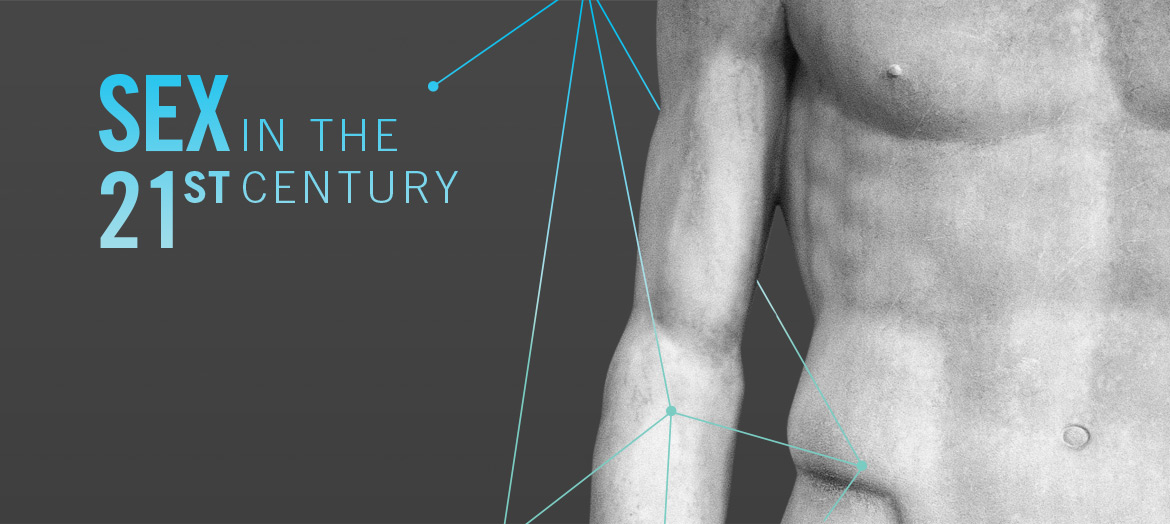Anhedonia (PDOD)
Content written by Michael A. Perelman, Ph.D
Orgasm is a neurologic response to sexual stimulation. Sensory input from smell, touch (in particular, the penis), taste, sight and hearing passes along sensory nerves to specialized portions of the brain, called the limbic system. The limbic system influences the endocrine system and the autonomic nervous system and is highly interconnected with the brain’s emotion center, behavior center and pleasure center, all of which play a role in sexual function. When sufficient input messages are received in limbic brain centers, in particular, the thalamus, there is a release of a large amount of neurochemicals that induces an orgasm. During orgasm in a man, brain scans showing a temporary deactivation in the metabolic activity of a large part of the left cerebral cortex with increased metabolic activity in the right brain in particular the limbic area of the brain.
During orgasm, there are downward motor signals that result in quick cycles of muscle contraction in the pelvic muscles that surround the pelvic floor. Orgasms are often associated with other involuntary motor actions, including muscular spasms in multiple areas of the body resulting in body movements and often vocalizations are expressed.
In addition, during orgasm there are upward neurologic signals to the cerebral cortex. These signals result in a general euphoric sensation that is characterized by an intense pleasure.
Men who have pleasure dissociative orgasmic disorder or orgasmic anhedonia know they are having an orgasm but do not have the ability to experience any sense of pleasure from the orgasm.
Causes:
It is thought that men with pleasure dissociative orgasmic disorder or orgasmic anhedonia have a dysfunction in regulation of the brain neurochemical dopamine in the region of the brain’s reward center, the nucleus accumbens. This region of the brain is thought to play an important role in reward, laughter, pleasure, addiction, and music.
Pleasure dissociative orgasmic disorder or orgasmic anhedonia may be caused by psychologic issues such as depression or drug addiction, or by physiologic issues such as high levels of prolactin, low levels of testosterone, use of medications such as SSRI antidepressants, chronic medical problems such as spinal cord injury, and chronic fatigue syndrome.
Treatment:
Should pleasure dissociative orgasmic disorder or orgasmic anhedonia cause personal distress, a combined psychologic and physiologic sexual medicine evaluation should be considered.
Psychologic approaches to improving orgasmic function focus on the man exploring psychologic factors such as hypoactive sexual desire disorder, depression, poor arousal, anxiety, fatigue, emotional concerns, past trauma and abuse history, cultural and religious prohibitions feeling excess pressure to have sex, or a partner’s sexual dysfunction such as genital pain. Sex therapy involves teaching the use by couples of manual or vibrator stimulation during intercourse. Sex therapy may focus on mindfulness strategies and yoga exercises. Sex therapy also assist the man to examine and realign expectations of orgasm. Emotional intelligence, or a knowledge of one’s own mood or sense of being is important for orgasm function.
Physiologic approaches to improving orgasmic function focus on ruling out contributing medical causes, such as switching medications if appropriate. Blood testing should be considered for sex hormone levels such as testosterone, sex hormone binding globulin, dihydrotestsoterone, LH, FSH, estradiol, prolactin, and TSH. These blood tests will assess testicular function, pituitary function and thyroid function. Medications that may help with orgasm function include dopamine agonists (drugs that raise dopamine), oxytocin, phosphodiesterase type 5 inhibitors and alpha-2 receptor blockers such as yohimbine hydrochloride.
In many cases the combined psychologic and physiologic approaches to resolving the pleasure dissociative orgasmic disorder or orgasmic anhedonia make the most sense.
